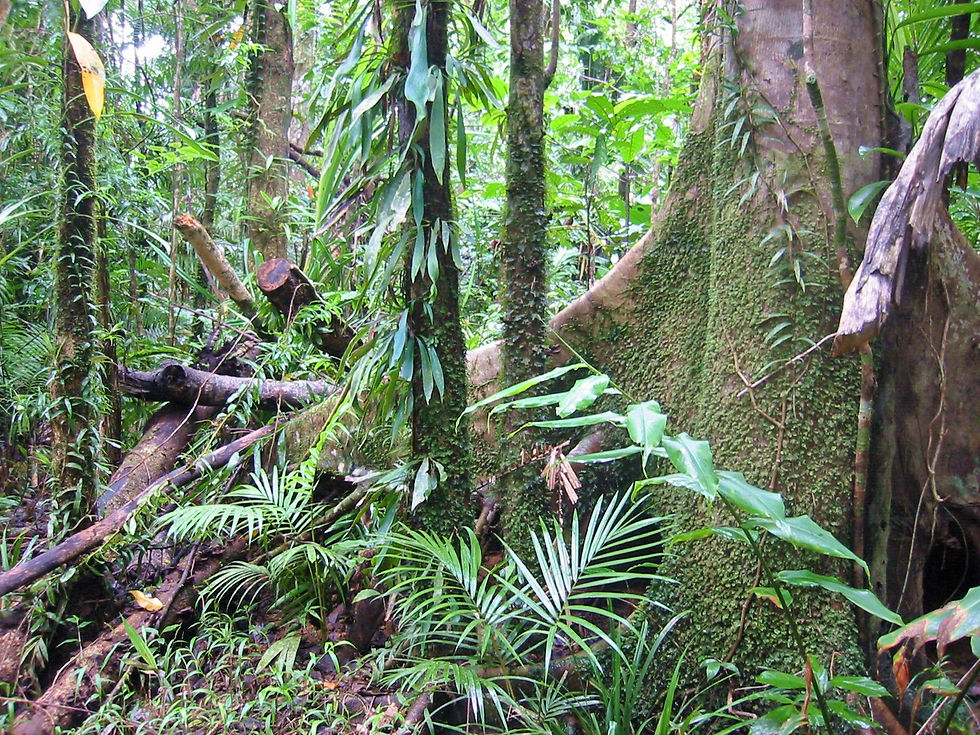

Step 1:
Introduce students to local birds and prepare for a bird walk
-
Select one of the habitats, on the left, that best matches a local habitat for taking a bird walk with your students.
-
Study photographs and videos of the 10 birds most commonly seen and heard there.
-
View ID PowerPoint Video of common birds.
-
Study museum specimens of local birds from the Queensland Museum to appreciate scale and distinctive features.
-
Give birdwatching tips about behaviour and use of binoculars during the bird walk.
-
Explain the aims of this bird study and how they will be assessed.

Step 2:
Take a bird walk
-
For younger students, this could be in the school playground, local park or recreations grounds.
-
Older students may also be taken on an excursion to forest parks or nature reserves such as: Brisbane City Council bushland reserves, Outdoor and Environmental Education Centres or State forests and national parks.
For all ages, during the bird walk, encourage students to:
-
use their eyes and ears to find birds.
-
record their sightings - in a notebook, as images, audio or video.
-
think about the behaviours observed.
-
ask questions about their observations.

Step 3:
Investigate more about local birds
-
All ages: Follow up discussion/reporting of observations from bird walk
-
View videos of birds seen to make connections with own observations (Refer to habitat chosen from the Learning About Birds section)
-
Introduce more specific information for each year level. Some specific examples are:
-
Year 1: Students investigate how the habitat meets the needs of the birds seen.
-
Year 3: Students compare observable features of birds seen.
-
Year 5: Students explore adaptations needed by the birds seen, to survive in the habitat.

Step 4:
Undertake a research project about local birds
-
All ages: Students do further research either individually or in small groups (younger students).
-
Great places to start are the Birdlife Australia and the Birds in Backyards websites.
-
Year 1: Students match food and habitats to birds being studied.
-
Year 3: Students compare features of birds living in the same habitat and the reasons for this.
-
Year 5: Students investigate, in detail, features and adaptations of a local bird to its environment.
%20Neil%20Humphris%20from%20BEG%20expl.jpg)
-
All ages: Students present their research findings for assessment. Some examples are:
-
Year 1: Students give their information via an oral presentation with a paper model of their bird.
-
Year 3: Students prepare a written journal of their research and give an oral presentation.
-
Year 5: Students prepare a detailed multimedia presentation to communicate their research findings.
Step 5:
Share research findings for assessment





